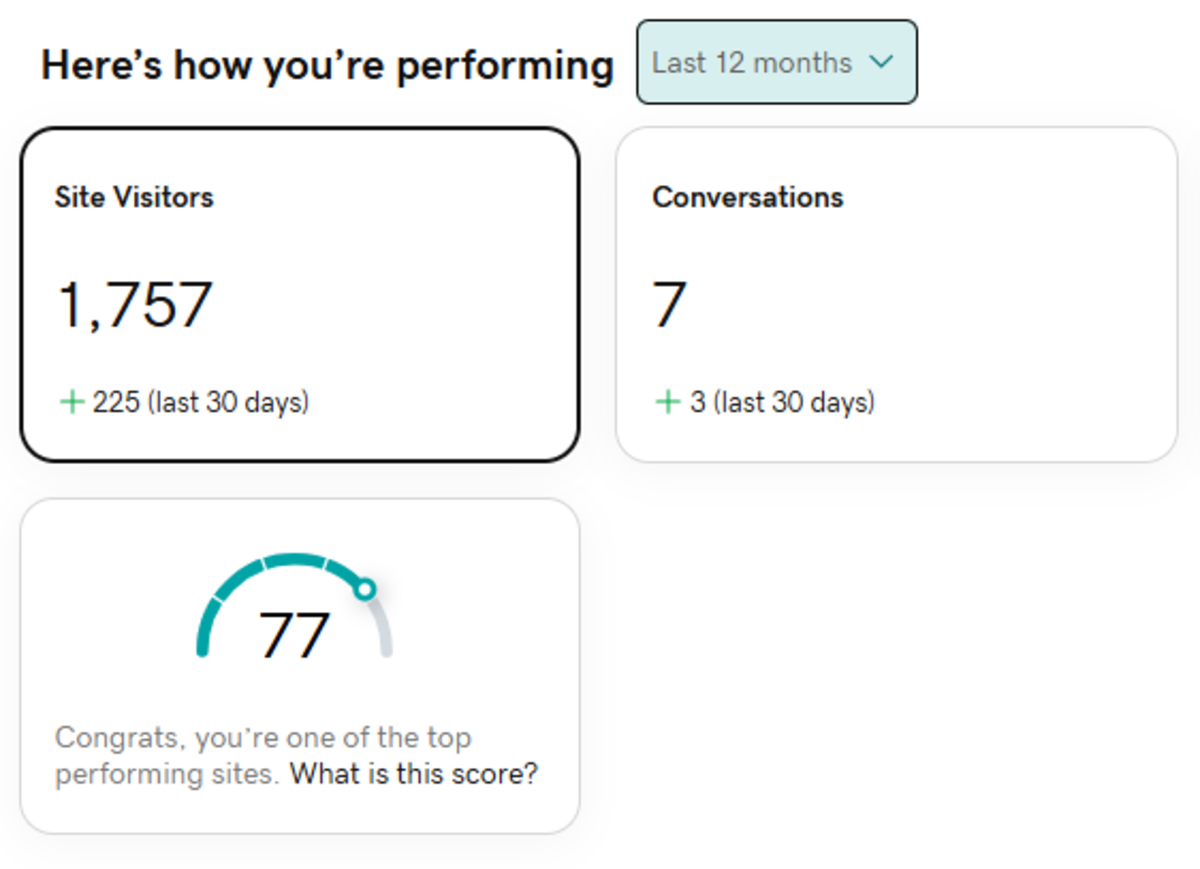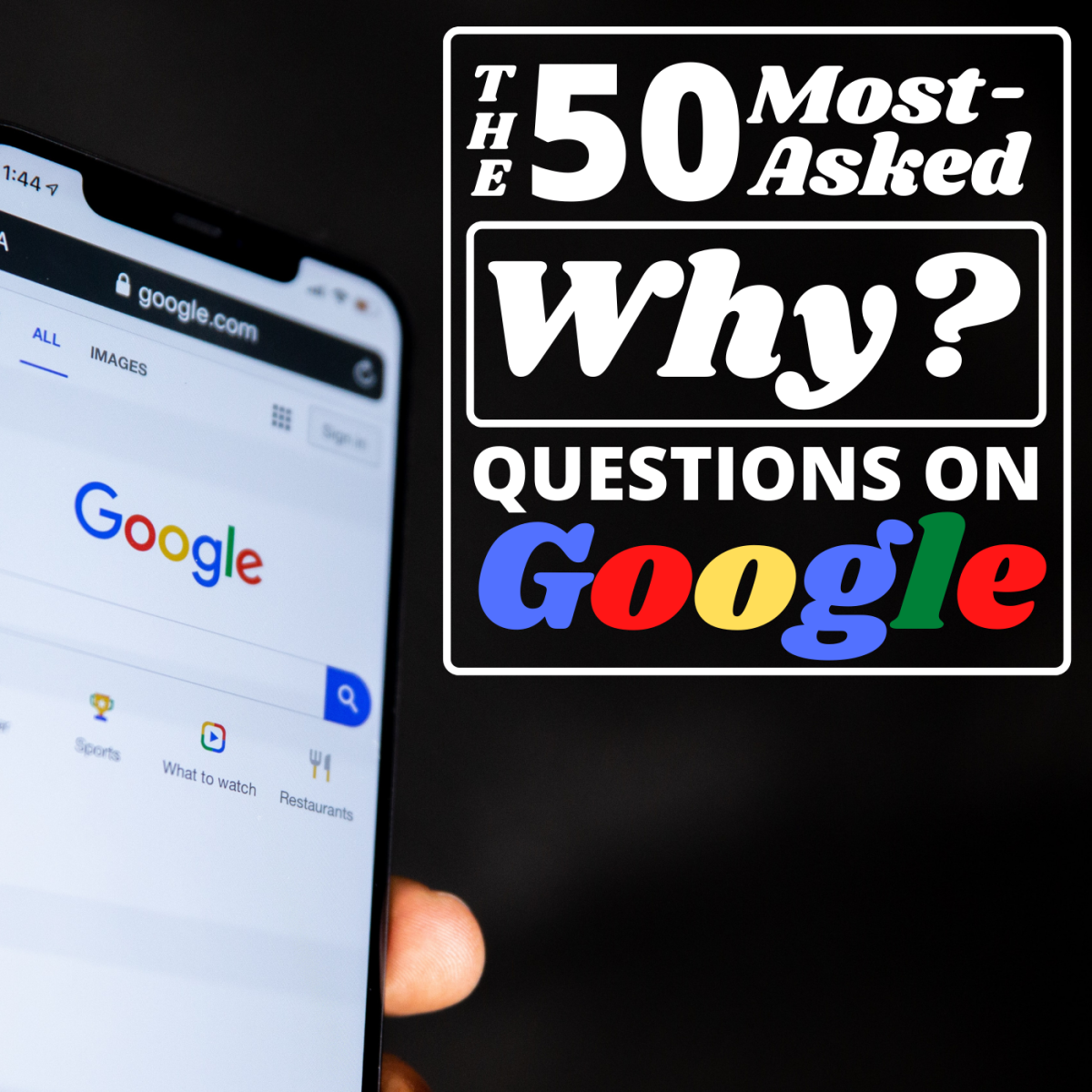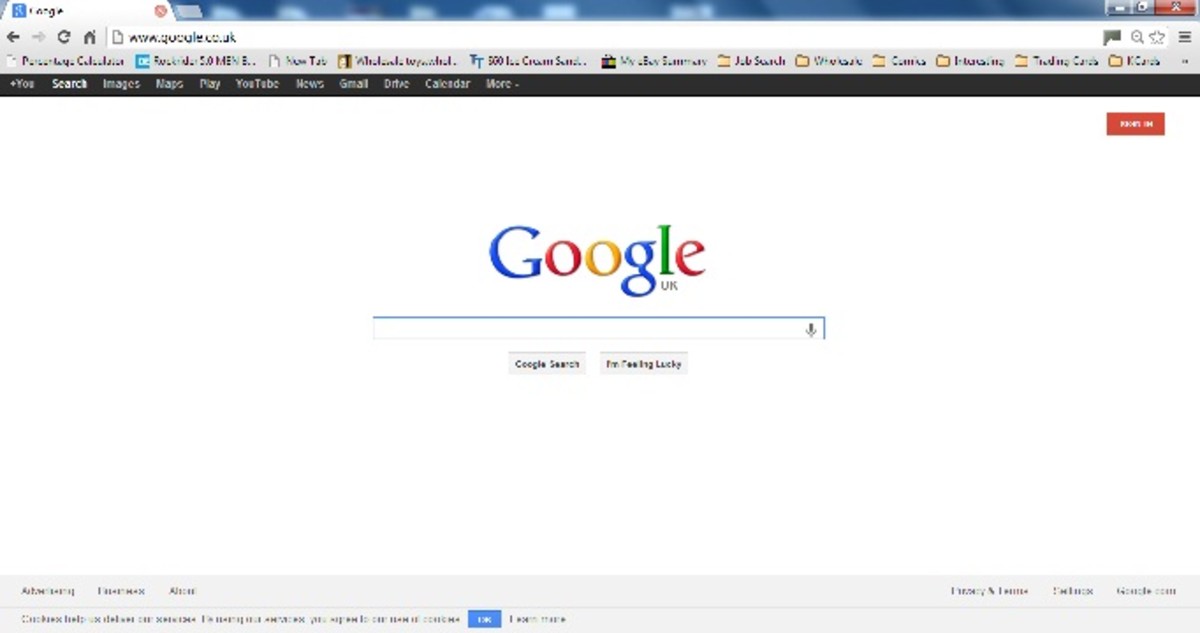Best Practices in Search Engine Optimization(SEO): The Keyword is Where.
Like foreign policy, opinions differ greatly about how best to use keywords to optimize search engine searches. We all know that using a keyword in a website is critical for search engine spiders to crawl and find. Use the wrong keyword or use the right keyword in the wrong place and google search engines may not find it or rank it well.
Inserting keywords into the HTML code is the how it is done. Quite simple. It is the "where" that opinions differ. Most will agree to the following:
In the TITLE tag – Search results always shows the title tag as your page title. The Title must be short and precise, say 6-12 words. The Keyword can be anywhere in the tag but preferably near the beginning.
In Anchor Text – Anchor text with keyword focus from external links is an important factor. Inbound links are considered positive not only for the site but for the keyword as well.
In Headings – The Keywords placed on the heading in H1 is an important factor but the page should have actual text relevant to the keyword. Try to keep the heading precise (7-10 words). It is good to have the keyword as the first word of the heading.
In Domain Name – Domain names incorporating vital keywords is a very important factor.
In URL – Helps a lot to rank well but keyword should be in the other parts of the document. It should not be over optimized else you might be penalized.
Density – It is a measure to check the relevance of the web content. Keep less than 10% keyword density. Upto 7-8% for targeted 2-3 keywords and 1-2% for minor or secondary keywords on a page.
In the beginning of the document – It is a good practice to have the keyword in first 25-50 words of the document. Be it a table or a paragraph, try to keep it in the beginning of the document.
In Alt Tags – Label images on your page with ALT/TITLE tag filled with some keywords as spiders do read these tags.








